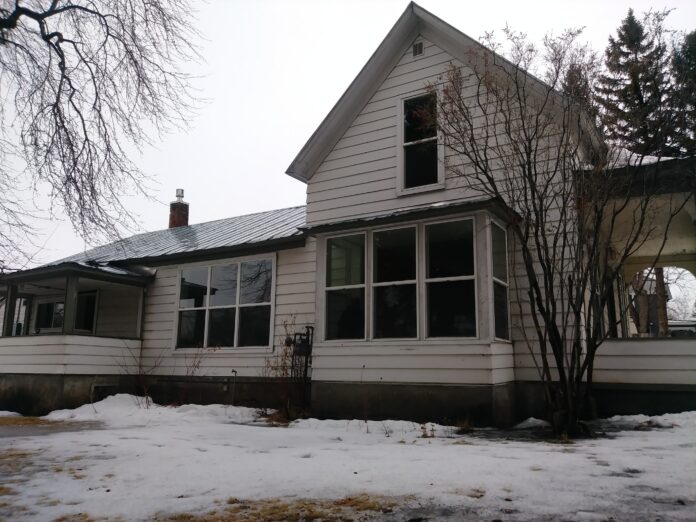
From Sun Valley to Bellevue, housing ideas focus on getting essential workers a place to live
By Eric Valentine
If the Valley’s housing crisis never gets solved, it would be pretty hard to say it’s from lack of trying. Peruse the news or dive into city planning files and you’ll see a whole lot of little things that area leaders are hoping can add up to one big solution, and the sooner the better.
Proposals to increase housing density is where the rubber meets the road when leaders and residents and want-to-be residents take action. And, expectedly, each jurisdiction in the Valley is having some degree of debate on which actions to take. But there are examples emerging weekly of some real change.
Blaine County School District is implementing a housing subsidy to qualifying employees and recruits. It doesn’t put more dwelling units on the map, but it makes some of the dwelling units already on the map a little easier to afford. In June, Silver River Place, a 16-unit, downtown Hailey apartment complex opened, leasing to a mix of community members whose occupations include: fire chief, social worker, electrician, concrete contractor, waitperson, county employee, sheriff’s officer, property manager, international buying manager, nonprofit employee, financial analyst, accountant, heating technician, and club employees.
Over in North Blaine County Fire District and Sun Valley, leaders are considering a draft proposal for up to eight dwelling units at the Greenhorn facility that would house first responders—not just North Blaine County Fire District and Sun Valley’s emergency personnel, but any Valley-based, eligible firefighting personnel.
“It’s still very early in the permitting phase, but it could house emergency personnel from all over the Valley. It all ties in with the live-where-you-work concept,” said Sun Valley Fire Chief Taan Robrahn, adding that it could keep more personnel on call at any given time. “They’d be living right where the equipment is. It would improve response time. It would improve the service we provide.”
Specifics are still to be determined since the proposal is in the preliminary draft stage and isn’t yet slated for a planning and zoning review. Robrahn estimated a P&Z review could happen in another month or two. Some general ideas, however, include outside-the-box thinking, such as developing the housing units sustainably. Robrahn said modular-home construction was being seriously discussed.
“We know we can’t solve the housing problem with eight units or less, but it’s something, and if everybody in a position to do something takes a step in the right direction, hopefully we get to the right place,” Robrahn observed.
In Bellevue, leaders once again tabled a discussion on increasing density along the downtown core. The proposal is to increase allowable building sizes from 28,000 to 36,000 square feet between Cedar and Chestnut streets. Units could be as small as 350 square feet in size.
And then there are ideas not yet even in the proposed idea stage, like turning what was once Green Antelope Gallery in Bellevue into a facility to house travelling nurses. Owners of the commercial-residential property did not want to reveal or confirm any details at this point, but they did acknowledge that all of their properties in that area will be used in a manner that serves the community.
St. Luke’s could not be reached for comment before Tuesday’s press deadline, but the organization has expressed its own challenges maintaining and recruiting staff. The pandemic has highlighted the need for, among other things, travelling nurses. And in the Valley, the concept of affordable and temporary housing is a bit of a brain tease. Creative, community-minded ideas may be the Valley’s most essential need.


